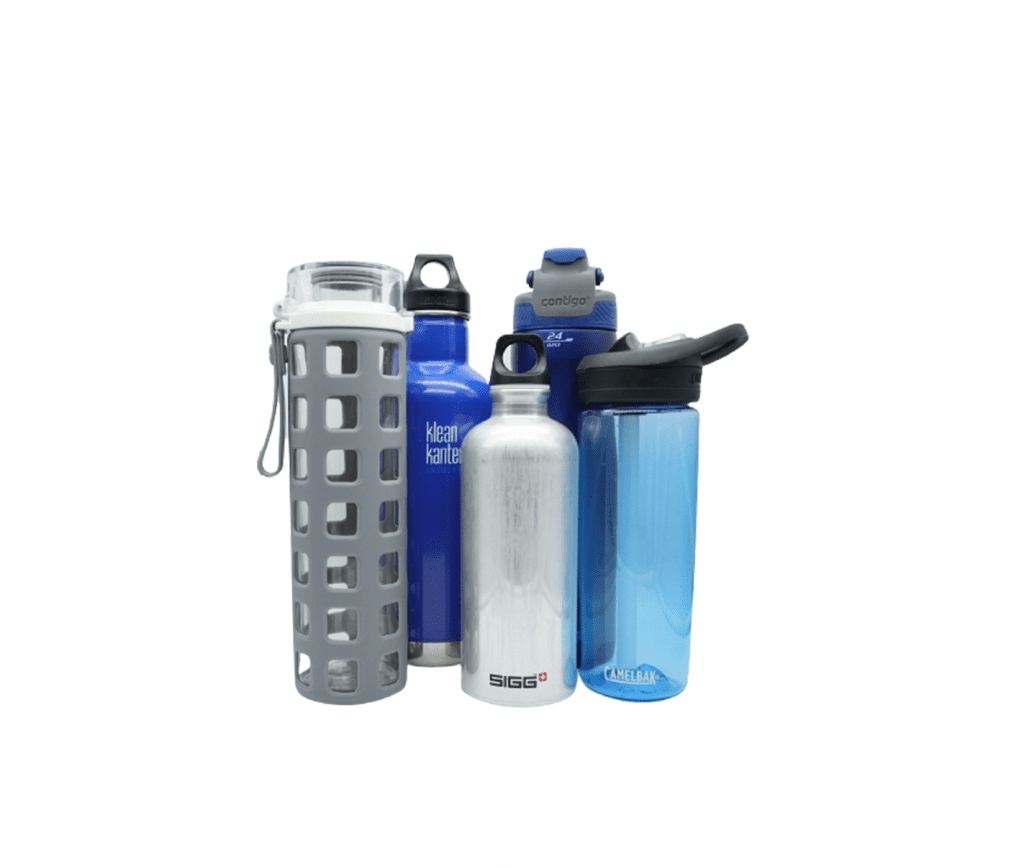Electrolyte Scoring Overview
HydrationReview established a scoring methodology that allows for consistent reviews of electrolyte products across three categories that are important to consumers: Effectiveness, Flavor and Ingredients. Each category has its own testing procedures and criteria that are used to determine the final category score.
Some of the data collection is purely quantitative, such as those collected during the ingredients review. Other data is qualitative and based on user feedback that’s recorded during the testing periods. For qualitative trials, the HydrationReview team gathers the feedback across all testing trials and then selects the median as the final score. Final category scores may change over time as new reviews of an electrolyte product are added to the overall data set.
Each electrolyte review category has an assigned weighting that is used to calculate the final score. The weightings were determined after several focus group sessions which included participation from 25+ consumers across various demographics. Higher weightings were assigned to categories that consumers felt were more important when choosing an electrolyte product.
| Category | Weighting |
|---|---|
| Effectiveness | 60% |
| Flavor | 20% |
| Ingredients | 20% |
Testers are provided a three-day supply of an electrolyte and are instructed to use as directed by the manufacturer. HydrationReview doesn’t provide any additional guidance except to use the product while keeping all other normal routines in place, allowing the tester to assess changes in physical and mental performance compared to their baseline. During the three-day period, the tester keeps a log of their results which ultimately become inputs to the Effectiveness and Flavor data sets. Testers also provide contextual and qualitative feedback about their experiences while using the product. Examples include performance during a workout routine, general energy levels or mental focus during the workday.
Effectiveness (60%)
Based on the feedback collected during the focus groups, consumers are mostly interested in the effectiveness of an electrolyte product, hence the 60% weighting. The desired effect varies slightly user to user. Based on our research and focus group feedback, this could include anything from improved alertness in the morning to increased physical output during a workout to a faster hangover recovery.
Testers are instructed to log effectiveness scores within two hours after consuming the electrolyte product. If a tester is engaging in a physical activity, they may log the score after completion (could be less than two hours since consumption). If there is no activity then the tester may wait the full two hours before making an assessment. Testers provide their feedback based on the following chart.
| Score | Description |
|---|---|
| 7 – 10 | Strong effect: noticeable increase in performance, mental acuity or physical well being is felt |
| 5 – 6 | Moderate effect: slight changes in performance or well- being |
| 4 | No effect |
| 1 – 3 | Negative effect: decreased performance, stomach ache or other noticeable issue |
Effectiveness scores are averaged for each tester then added to the overall data set for the electrolyte product. The final effectiveness score for an electrolyte is the median across the broader data set. Note that the score may shift up or down over time as additional trials are conducted.
Flavor (20%)
Based on the focus group feedback, Flavor was tied for the second most important category to consumers. Some consumers felt a good-tasting beverage is easier to drink over plain water and encourages them to stay hydrated. The HydrationReview team created the below chart to help testers decide a numeric score for their opinion of the flavor.
| Score | Description |
|---|---|
| 7 – 10 | Good taste, reviewer would drink regularly |
| 4 – 6 | Neutral taste, no strong feelings are evoked |
| 1 – 3 | Taste is unpleasant |
Flavor is a personal preference and for this reason we sometimes saw a wider range of scores. With additional testing over time, the scores will continue to be refined. As with all other review categories, the results are averaged for each tester, then logged in the overall data set where the median is selected.
Ingredients (20%)
The ingredients category shares the same weighting as Flavor and is based on whether or not the electrolyte product contains “unhealthy” ingredients such as high fructose corn syrup, artificial colors and artificial flavors. The ingredient reviews are conducted solely by HydrationReview editors since it only requires a single review of the product’s nutrition facts and ingredients list. Final scores are determined based on the following chart. An electrolyte product will earn a score of 1, 5 or 10 based on its contents.
| Score | Description |
|---|---|
| 10 | Does not contain any unhealthy ingredients |
| 5 | Contains one unhealthy ingredient |
| 1 | Contains two or more unhealthy ingredients |
Badges
Sugar Free: The electrolyte contains no sugar.
Low Sugar: The electrolyte sugar content is less than or equal to 5g.
Low Calorie: The total calories is less than or equal to 25.
Keto: The total carbohydrates is less than or equal to 2g.
Designed for Endurance Workouts: Based on the ingredient contents and testing trials, the electrolyte product will provide sustained hydration for longer, more intense workouts.

